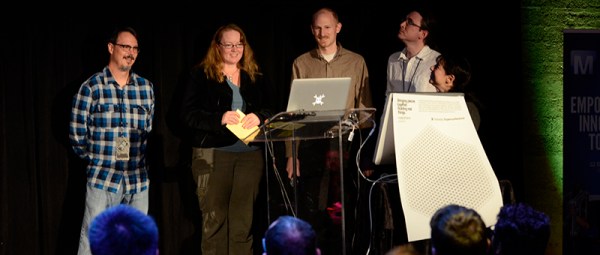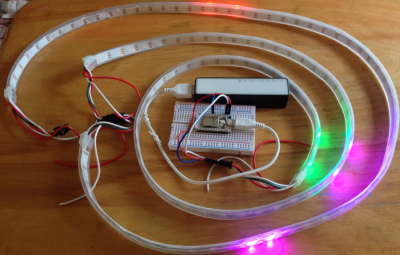The judges of the 2015 Hackaday Prize are hard at work right now to choose the five finalists who will receive the top prizes for the 2015 Hackaday Prize. The Judges for the Best Product have finished their work, and the announcements for all of these amazing engineering projects is just around the corner. We’ll be making the announcement in front of a live audience at the Hackaday SuperConference in just two weeks!
It has been amazing to see hundreds of people from the Hackaday Community who took time out of their lives to build something that matters and to document it as their entry. This has far-reaching benefits that will echo for years to come. No matter where your project finishes, standing up and saying “here’s something I built from an idea I had” is an amazing thing. Great work!
We are profoundly thankful for the visionary companies that sponsored the 2015 Hackaday Prize. Atmel, Freescale, Microchip, Mouser, and Texas Instruments made so much of this year’s prize possible. They recognize what it means to use Open Design; a philosophy that lets talented people pass on their skills by their engineering examples.
A big part of their support this year has gone to hosting live events. Hackaday Prize Worldwide was held in Chicago, Mumbai, Toronto, New York, Bangalore, Los Angeles, San Francisco, Shenzhen, New Delhi, Boston, Washington DC, Zurich, and Berlin. Their involvement continues with the presentation planned on Saturday November 14th at the Hackaday SuperConference.
Mouser Electronics has partnered with Grant Imahara of MythBusters fame. Grant is a talented roboticist who will have a talk and Q&A session at the SuperCon about his career. Microchip is giving away [Lucio Di Jasio’s] new book on microcontrollers to conference attendees. Atmel leapt at the opportunity to send development hardware for [Colin O’Flynn’s] workshop (he took Second Place in the 2014 Hackaday Prize), helping to lower the workshop cost for the participants.
Of course, it’s not just the events that were possible due to these sponsorship. Along with Supplyframe who presents the Hackaday Prize each year, these sponsors made the total prize package of about $500,000 a reality. It’s not everyday you can give away a trip into space as a Grand Prize and $100,000 for the Best Product. This is an amazing way to support the hardware ideals we live by and we applaud our sponsors for their meaningful involvement.






 Next up is [controlmypad] with
Next up is [controlmypad] with

















